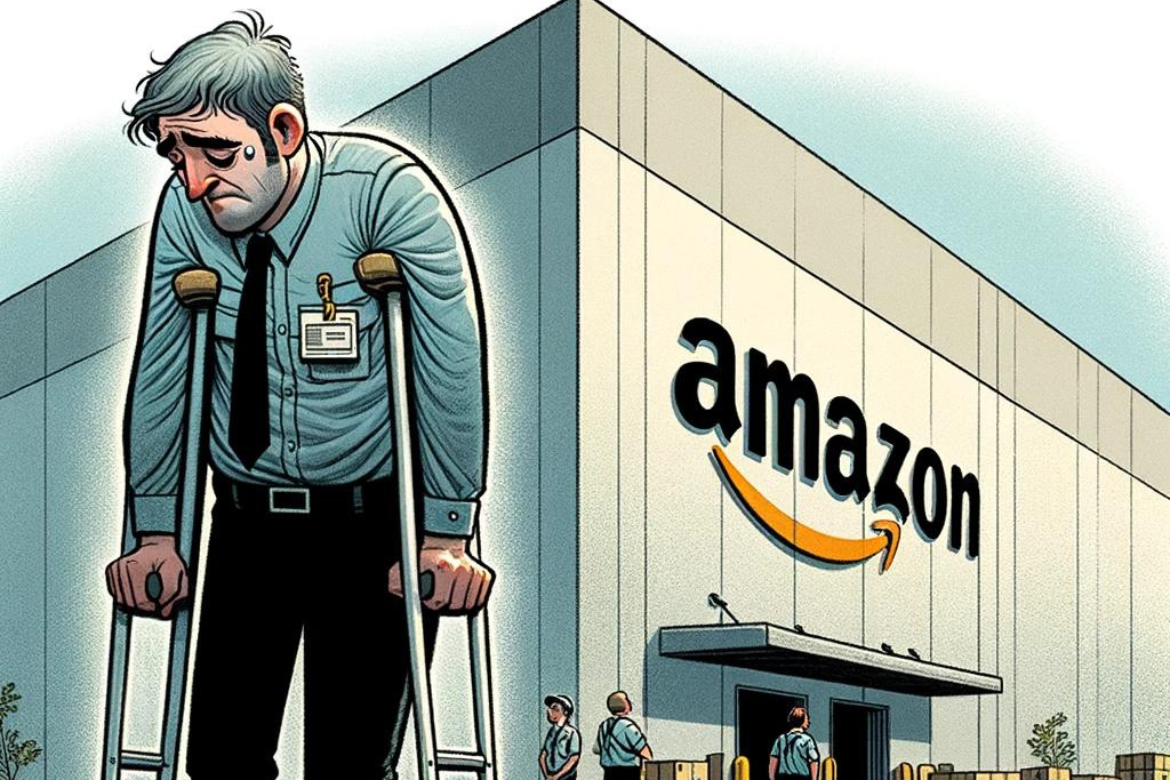By Geraint Harvey, Western University and James Wallace, Cardiff University
Workplace health should be a priority for everyone. For employees, maintaining health and well-being at work is essential because we spend so much of our lives working. For employers, worker health is an important determinant of productivity.
According to the Canadian Human Resources Professionals Association, the cost to Canadian businesses caused by absenteeism (absence from work due to sickness) and presenteeism (attending work despite being ill) is about $16.6 billion annually.
Workplace health initiatives can play an important role in promoting healthy employee lifestyles. These initiatives can reduce absenteeism and health-care costs by more than 25 per cent. If an organization benefits from having a healthy workforce, then investing in the health of workers makes economic sense.
However, not all organizations follow this approach. Some large corporations have been criticized for their health practices with Amazon having been accused of replacing burned-out employees with new ones to ensure a continuous supply of healthy employees.
Amazon’s unhealthy record
Over the years, media outlets and organizations dedicated to workers’ rights have documented the high injury rates of employees at Amazon facilities that have been nearly double that of similar workplaces.
A 2019 report by the National Council for Occupational Safety and Health revealed that 13 people died while working for Amazon in the United States between 2013 and 2019.
In the past, Amazon has appeared unconcerned about labour attrition and the extremely high labour turnover of 150 per cent — nearly double the average of the retail and logistics industries.
One reason for the high turnover is the desire to avoid creating an “entrenched workforce” — people who have been working at a workplace for a significant amount of time Low skilled jobs were to be short-term in order to maintain productivity levels and avoid increasing wages.
Increasing worker well-being
Even Amazon has come to understand the value of a healthy workforce, with former CEO Jeff Bezos acknowledging the need for Amazon to offer employees a better value proposition and to become the “Earth’s best employer.”
In 2021, Amazon launched its WorkingWell initiative “dedicated to global workplace health and safety” and designed to halve the number of accidents at its warehouses.
These efforts have not been without their flaws. Its most famous attempt at increasing worker well-being was the introduction of its AmaZen booths. These “coffin-sized” compartments were touted as spaces where employees could watch short videos “featuring easy-to-follow well-being activities, including guided meditations, positive affirmations, calming scenes with sounds.”
However, the initiative was met with cynicism in light of reports of Amazon employees having to urinate in plastic bottles due to being unable to take regular bathroom breaks. The video promoting the idea was taken down fairly quickly.
In March 2023, Amazon announced that its accident rates had decreased and were lower than the industry average for employers of the same size. Earlier this year the organization stated that it was investing US$750 million in worker safety.
The cost of health care
The broader societal implications of neglecting workplace health cannot be overlooked. Work is a key determinant of both our physical health and our mental health.
While many of us are not subject to extreme working conditions, there is good reason for us all to be concerned: the negative impact of work on the health of others incurs a cost both to the individual and society.
In Canada, 70 per cent of health-care costs are funded by public tax revenues from things like personal taxes, corporate taxes and payroll levies. In 2019, the tax burden of public health care was $172 billion — a figure that likely has risen dramatically as a consequence of the pandemic.
Of course, it’s not possible to assess how much of this cost can be attributable to the impact of work on physical and mental health. Moreover, while individual taxpayers contribute to public health-care spending, organizations such as Amazon do as well.
Amazon disclosed its Canadian tax contribution of $431 million for the first time in 2023. However, questions have been raised about the way the organization has tried to “shield its profits” from Canadian tax liabilities through “a complex web of subsidiaries” in order to limit taxable profits.
Investing in employee health matters. If organizations fail to do so and opt instead to value productivity over the health of workers, the economic cost is borne by the taxpayer. In addition, the company sidesteps what many would see as a key responsibility towards its employees: making sure work is not unhealthy or unsafe.
Geraint Harvey, DANCAP Private Equity Chair in Human Organization, Western University and James Wallace, Lecturer in Management, Employment and Organisation, Cardiff Business School, Cardiff University
This article is republished from The Conversation under a Creative Commons license. Read the original article.





